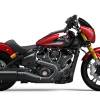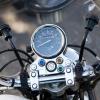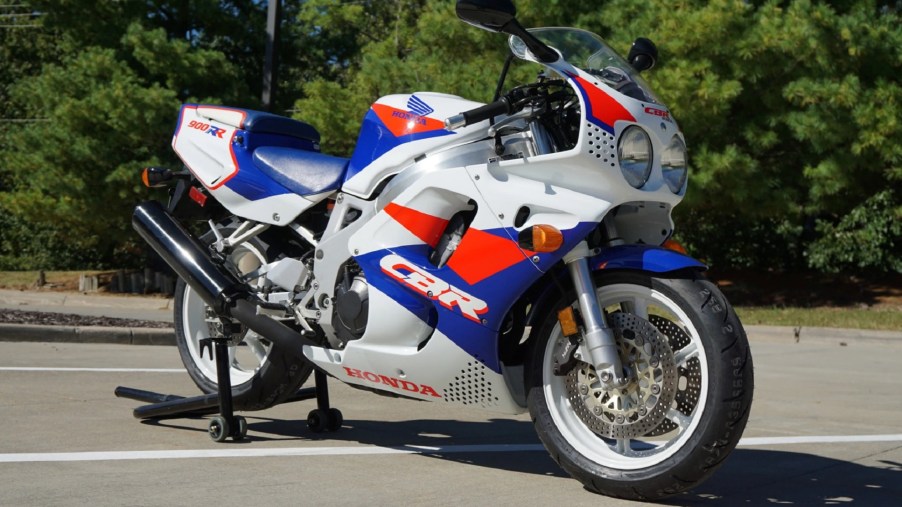
The Original Honda Fireblade Rewrote the Sportbike Rulebook
Even ignoring the Super Cub, the modern motorcycle world owes a lot to Honda. That applies especially to the sportbike segment. After all, the CB400F Super Sport was what arguably kickstarted it. However, that’s not the only Honda bike to make an impact there. It might not look it today, but back in the ‘90s, the Honda Fireblade was a sportbike revolution.
In 1992, the Honda CBR900RR Fireblade changed “the way we think about sportbikes,” Cycle World says
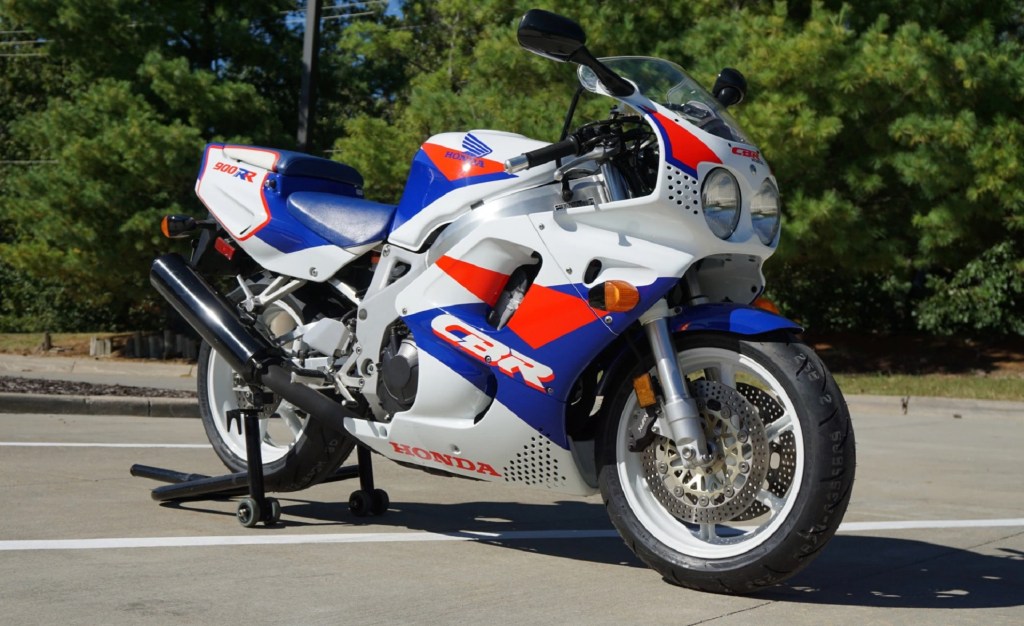
On the surface, the Honda CBR900RR Fireblade—or ‘FireBlade,’ as the early models were called—doesn’t necessarily look innovative. And in some ways, for an early ‘90s sportbike, it isn’t, Cycle World muses. There’s nothing novel about its aluminum frame or liquid-cooled 893cc inline-four engine. Nor does it have an inverted fork, which was becoming more common at the time.
However, it’s when all those pieces are assembled that the Fireblade’s impact becomes clear. Back in the ‘90s, liter bikes weren’t the nimble machines available today, RideApart explains. They were powerful, yes, but rather heavy and not particularly nimble. And while 750cc bikes handled well, they sacrificed speed and power to do so. The Honda CBR900RR Fireblade challenged and changed this notion.
Tadao Baba, the ‘father’ of the Honda Fireblade, tried to get the bike’s weight as low and as centralized as possible, RideApart explains. Using CAD—a first for Honda—the development team was able to get the bike’s dry weight down to 408 pounds. That works out to 457 pounds fully fueled, 75 pounds less than the contemporary Yamaha FZR1000, Cycle World notes. It’s also only 14 pounds heavier than the 2021 CBR1000RR Fireblade SP.
The Honda CBR900RR Fireblade’s engine was also the product of clever thinking. It was originally a 750cc inline-four engine. But by lengthening the piston stroke, it became a 114-hp 893cc engine without its external dimensions changing. And besides making more horsepower overall, the longer stroke improved mid- and low-range acceleration, Cycle World explains.
Its forward-thinking design means a classic Honda Fireblade is still fun to ride
Over the years, the Honda Fireblade received numerous updates. In 1996 it received a lighter, more rigid frame and a larger 918cc engine, VisorDown reports. The 1998 CBR919RR model was lighter still, and its 918cc engine made slightly more power. Thanks to fuel injection, the 2000 CBR929RR Fireblade made 122 hp, Cycle World claims.
By 2004, the Honda Fireblade had grown into the CBR1000RR and lost some of its lightweight fun. Subsequent models, though, reclaimed those sensations. And the modern Fireblade lives up to its predecessors.
That being said, an early Honda Fireblade is still more than capable of being a daily rider, Bennetts says. It’s not as sharp as a brand-new sportbike, to be sure, but it’s stable and comfortable without wallowing in corners. The bike is agile, with solid, usable power from a responsive engine, Cycle World adds. Plus, using ‘conventional’ components and materials means these motorcycles are fairly easy to maintain.
Tadao Baba wanted to make “’a sportbike with total control that was easy to ride,’” Cycle World says. Mission accomplished.
These sportbike icons are rising in value, but are still affordable
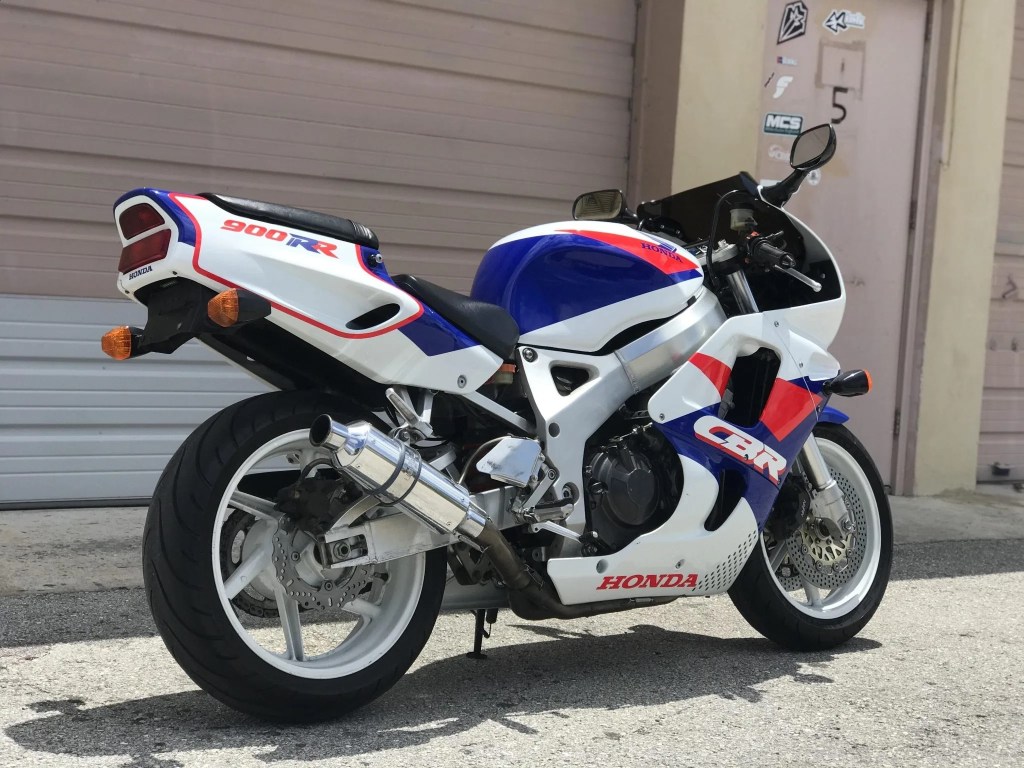
Being a Radwood-era machine, an original Honda CBR900RR Fireblade is becoming an appreciating asset. But while the odd super-low-mileage 1992 example can be pricey, most vintage Fireblades are still fairly affordable. Especially compared to its modern counterpart.
A pristine early-model CBR900RR typically goes for $9100, Hagerty claims. The CBR919RR and CBR929RR models, though, often go for less. But if you’re looking to buy one, go for a test ride first and check that the transmission shifts smoothly through all six gears, Bennetts advises. And a suspension refresh or upgrade might be necessary.
Nevertheless, the Honda Fireblade nameplate remains a popular one in the sportbike community for a reason. That being, years after the original bike’s launch, almost all of its rivals eventually borrowed its recipe.
Follow more updates from MotorBiscuit on our Facebook page.

